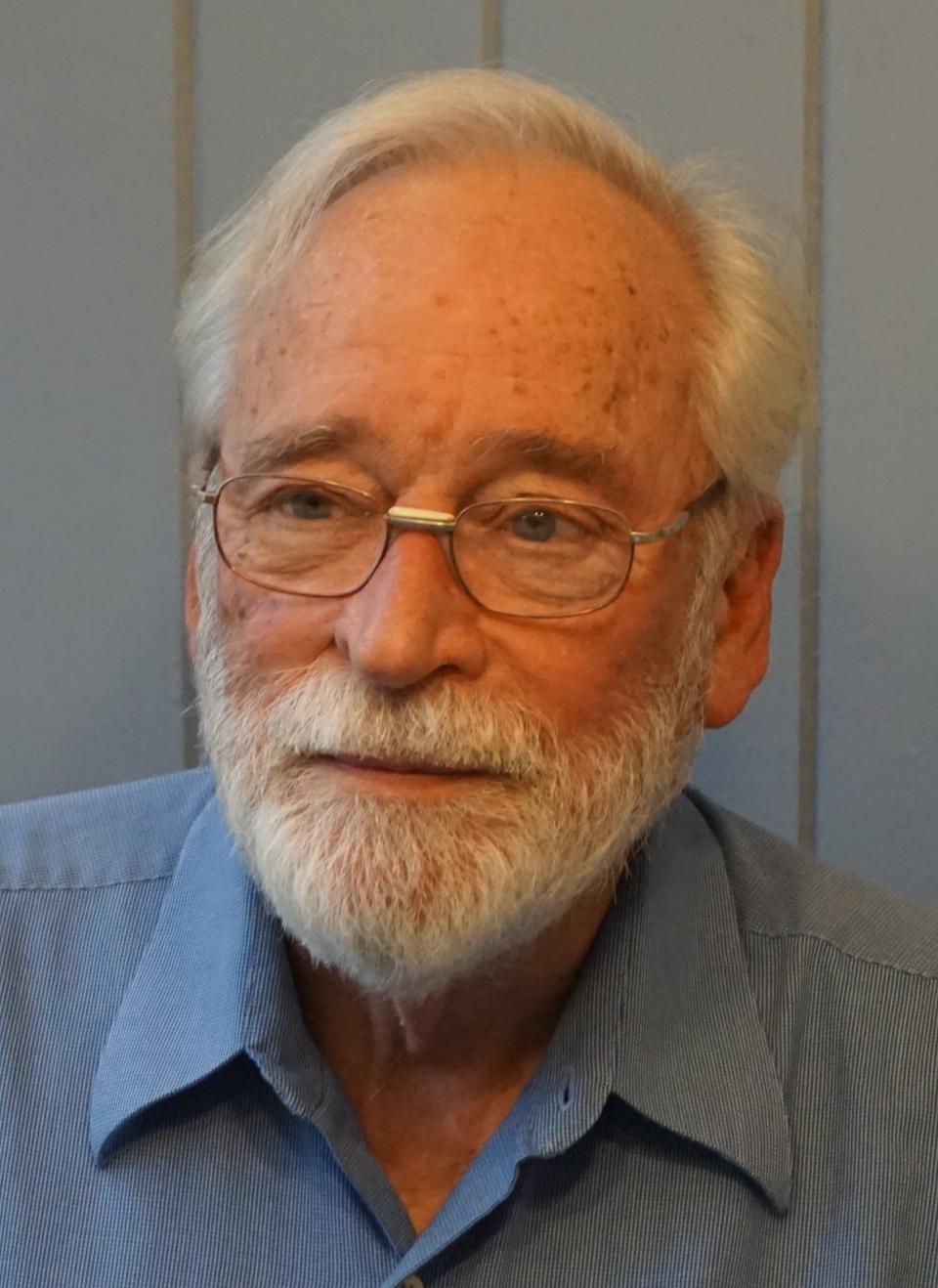Charles Milliken: The horrors of anti-semitism
Last week I wrote of the roots and branches of resurgent anti-semitism. This week, I’d like to follow on with my personal witness of the horrors of anti-semitism as played out in central Europe under the aegis of the Nazis “Final Solution."
Bonnie and I have visited several Nazi concentration and extermination camps. The two are not synonymous. Although many thousands died at concentration camps, such as Dachau near Munich, and Auschwitz, near Krakow in Poland, these were not set up as places of industrial-scale slaughter.

There were several such camps, as designated by the Nazis, the biggest being Birkenau, situated slightly over two miles from Auschwitz, which is why it is usually lumped in with Auschwitz. 1.1 million died there. The other big camps, all in Poland, and of which little remains, are Treblinka, 800 thousand, Belzac, 600 thousand, Chelmno 320 thousand, and Sobibor, 250 thousand.
In total, approximately 6 million Jews were killed, and millions of others as well. Somewhere around a quarter million people with mental and physical disabilities, many of them German nationals, and often children, died as well. Gypsies, “undesirables,” even Jehovah’s Witnesses were added to the victim list. The numbers are staggering, but as Stalin once allegedly said, “The death of one man is a tragedy. The death of millions is but a statistic.” Estimates of all deliberate Nazi killings go as high as 17 million.
When we visited Auschwitz/Birkenau, the scale of killing was brought home by displays of heaps of goods taken from prisoners on their way to their deaths. Rooms full of shoes, luggage, spectacles, brushes and many other items only hint at the scale of the slaughter. Auschwitz itself, ironically, reminded me of a college campus. Tidy grounds surround old brick two-story buildings. If you didn’t know what happened there, you’d never guess it. Much less remains of Birkenau.
The most poignant site we saw was in Lithuania, the 9th Fort, located just outside the city of Kaunas. Compared to Auschwitz and other mass killing centers, it was relatively small potatoes — only around 50,000 Jews were killed there. The reasons for this stemmed from one other source of anti-semitism rising in the 20th century which I did not list last week: the association of Jews with communism. To the Nazis, communism was an existential enemy. Following World War I, Rosa Luxemburg, a Jew, led an uprising designed to bring Bolshevism to Germany. She failed, and was executed. But communists continued to compete violently with the Nazis to rule Germany.
Karl Marx, who set contemporary communism in motion, was a Jew. Jews were very disproportionately represented in the leadership of the Bolshevik Revolution and the early Soviet state. Leon Trotsky, Karl Radek, Yokov Sverdlov and many others who hardly anyone remembers today helped the revolution to succeed. There were understandable reasons for this, since the Tsarist regime was anti-semitic, and the Bolsheviks promised a better life for Jews — didn’t work out, and Stalin later killed most Jewish Bolshevik leaders. But that's another horror story.
The 1939 Ribbentrop-Molotov Treaty dividing eastern Europe between Germany and Russia gave Lithuania to Russia. As Stalin was wont to do, he set out to eliminate thousands of prominent Lithuanians by rounding them up and loading trainloads of them to Siberia on the very eve of the German invasion of Russia in June 1940. (The book to read is Between Shades of Gray by Ruta Sepetys.) Many Jews, having suffered assorted anti-semitic indignities for decades, participated in the roundups. Within days of this the Germans invaded Lithuania, and the Lithuanians were swift to take revenge. Thousands of Jews were killed before the German army arrived.
The Germans did not like disorganized killings, and set up a killing center at an old fortress — the 9th Fort. What I found so chilling is the 50,000 victims were all shot, one by one; men, women and children. Hundreds of pictures, displayed on the walls, including the pictures of children, and the day they were shot, touched me far more profoundly than mounds of looted possessions. Try to imagine someone stepping up behind a six year old boy, whose face you see before you, and putting a bullet in the back of his head.
I have seen the human face of anti-semitism, and it is ugly indeed.
— Charles Milliken is a professor emeritus after 22 years of teaching economics and related subjects at Siena Heights University. He can be reached at milliken.charles@gmail.com.
This article originally appeared on The Holland Sentinel: Charles Milliken: The horrors of anti-semitism

